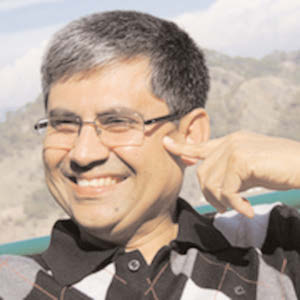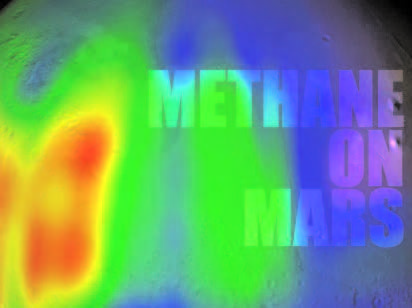
LONDON (TIP): A puzzle that has confounded mathematicians for almost a century is closer than ever to being solved, it has emerged. But there’s one slight problem. The calculations which prove a part of what’s known as “Erdos discrepancy problem” have been worked out by a computer. And the amount of data — more than the entire contents of Wikipedia — is so vast that it would be practically impossible to be checked by a human brain.
The “discrepancy problem” was posed in the 1930s by mathematician Paul Erdos. It revolves around properties of infinite sequences of numbers containing only +1s and -1 s. Patterns in such sequences can be measured by creating finite sub-sequences . Enrico Scalas of University of Sussex explained the premise : “You have a sequence of 1s and -1 s (for instance, generated by tossing a coin) and a constant C. One is looking for a finite subsequence long enough so that sum of elements of the sub-sequence is larger than C.”
The difficulty lies in proving this. That’s where the ability of computers to perform complex calculations comes in. With this aid, Alexei Lisitsa and Boris Konev of the University of Liverpool showed that an infinite sequence will have a discrepancy (the sum of the numbers in a sub-sequence ) larger than two.
They took a sequence 1,161 numbers long and the resulting data was a 13GB file. That’s bigger than the estimated 10GB size of Wikipedia’s written contents. It is the start of solving the puzzle – but while computers have helped, they have not yet taken over from humans. Mathematicians were philosophical about being beaten by a machine. Matt Parker, public engagement in maths fellow at Queen Mary University of London, said: “The computer did the heavylifting , but it was the insight and creativity of its human programmers which made it possible.”





Be the first to comment